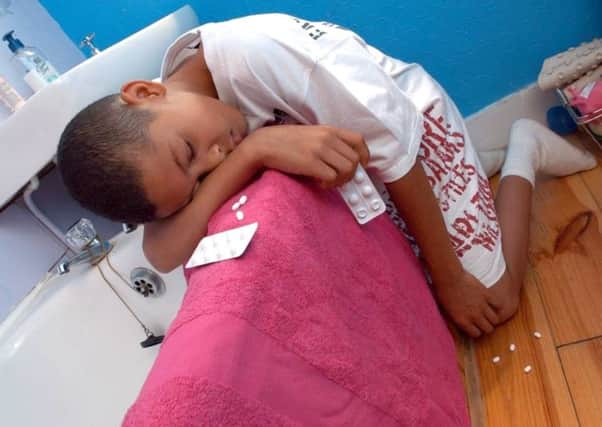FIRST AID: Dealing with swallowed poisons


Chemicals that are swallowed may harm the digestive tract or can cause more widespread damage if they enter the bloodstream and are transported to other parts of the body.
Hazardous chemicals include common household substances. For example, bleach, dishwasher detergent and paint stripper are poisonous or corrosive if swallowed.
Advertisement
Hide AdAdvertisement
Hide AdDrugs, whether prescribed or bought over the counter, are also potentially harmful if they are taken in overdose. The effects of poisoning depend on the substance that has been swallowed.
Depending on the substance swallowed, the casualty may show these signs:
n Vomiting, sometimes bloodstained
n Impaired consciousness
n Pain or a burning sensation
n Cramping abdominal pain
n Empty containers in the vicinity
Follow these simple steps to help:
If the casualty is conscious, ask what they have swallowed and, if possible, how much and when. Look for clues, for example, poisonous plants, berries or empty containers. Try to reassure the casualty. Never try to induce vomiting.
Call 999/112 for emergency help and give as much information as possible about the poison. This will help the medical team to treat the casualty. Monitor and record vital signs while waiting for help to arrive.
Keep samples of any vomited material. Give these samples, containers and any other clues to the paramedics.
For quick, easily accessible first aid information, go to sja.org.uk.